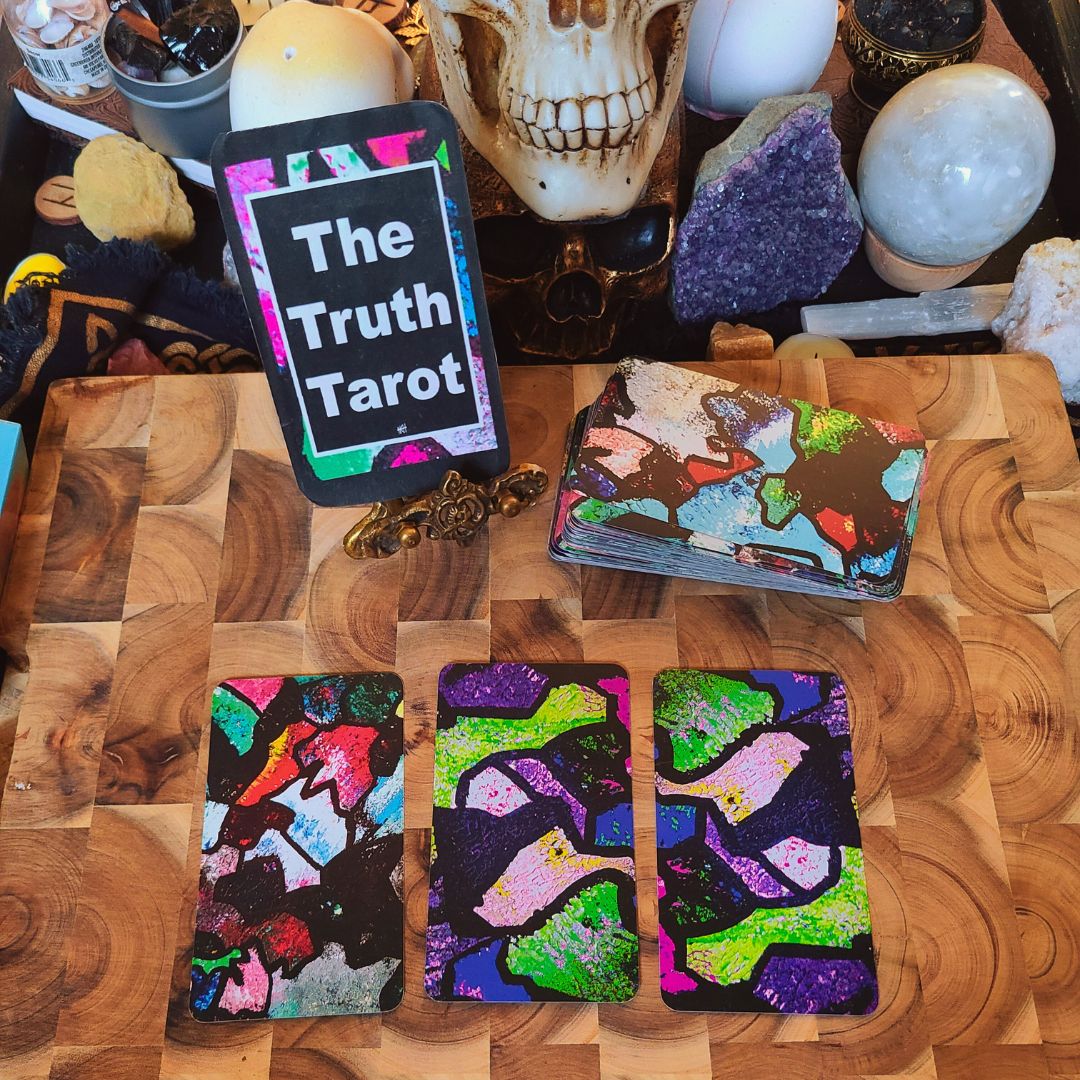
The Best Time to Do Spirit Work (and What Not to Ignore)
Share
There’s a shift—just before a candle jumps, just before the air stills—that marks the beginning of spirit work.
Whether you’re calling to ancestors, seeking direction from spirits, or opening a line for deeper communication, timing matters. But not in the sanitized way most books explain it.
Spirit work isn’t about aesthetics. It’s about clarity, consistency, and understanding when the conditions—internal and external—are actually right. Certain moments deliver stronger results. Others invite confusion or danger.
Here’s how to know the difference.
Why Timing Matters in Spirit Work
Spirits don’t operate on human time. But you do. Your body, mind, and energetic field shift depending on time of day, season, emotional state, and lunar cycle. These factors influence your clarity, openness, and ability to handle what shows up.
You can’t control when a message comes through—but you can prepare for when you’re most likely to receive it cleanly.
The Most Effective Times for Spirit Work
These aren’t rules—they’re patterns. Use them, test them, and track what works for your practice.
1. Twilight (Dawn and Dusk)
Transitional times are naturally more open.
-
Dawn: The world is quiet, your brain is clearer, and distractions are minimal.
-
Dusk: Energy begins to fold inward. Shadows lengthen. The boundary between the seen and unseen thins.
Use for:
-
Dream recall
-
Ancestral offerings
-
Candle scrying
-
Light divination
2. Witching Hour (Midnight to 3AM)
This is when the world is asleep and the energy is still.
-
Fewer interruptions.
-
Less mental noise.
-
Spirit activity is easier to detect.
Use for:
-
Trancework
-
Direct channeling
-
Deep ritual
-
Mediumship or spirit journaling
3. Veil Days & Death Anniversaries
Some dates hit harder—cosmically and personally.
-
Samhain, Beltane, and equinoxes are naturally thinner-veiled.
-
Birthdays, death days, and memorial dates often carry personal weight and heightened activity.
Use for:
-
Ancestor work
-
Graveyard offerings
-
Spirit-led guidance
-
Resolution rituals
4. Waning or Dark Moon
The darkening phase of the moon invites descent—into memory, shadow, and the unseen.
This is not about manifesting. It’s about uncovering and releasing.
Use for:
-
Shadow work with ancestral support
-
Dreamwork
-
Quiet spirit guidance
-
Cord cutting or closing work
5. When You're Emotionally Exposed
Spirit contact isn’t always calendar-based.
Sometimes, it happens when you’re energetically cracked open—through grief, confusion, burnout, or major life shifts.
This doesn’t mean seek contact during breakdowns. But if you're noticing signs, it might not be random.
Use for:
-
Unfiltered communication
-
Receptive states
-
Internal clarity before ritual
-
Naming and clearing residual energy
What You Shouldn’t Ignore
If you're forcing it, faking it, or bypassing your body's cues—don't open the door.
⚠️ Your Body
-
Tight chest? Nausea? Headache?
Something is off. This is your signal to stop. Either your space isn’t clean, or something’s interfering.
⚠️ Your Space
-
Cluttered, stagnant, or energetically heavy spaces block clear contact.
No amount of herbs or chanting will fix a space that hasn't been properly reset from previous work.
⚠️ Repetition
-
Seeing the same symbol? Hearing the same name? Dreaming the same figure?
That’s a pattern, not coincidence. Take it seriously.
Spirit Work Isn’t Always a Production
You don’t need robes, smoke, or ancient chants to talk to the dead. But you do need clarity, focus, and respect for what you’re doing.
It’s not about drama. It’s about discipline.
How to Know When the Time Is Right
Forget what the books say. The right time is when:
-
The energy in the room shifts and you notice.
-
You feel sharp—not scattered.
-
You’ve prepared the space and your mind is quiet.
-
You’re not reacting—you’re ready.
Still unsure? Ask. Out loud. In meditation. In dreams. With cards.
Spirit answers those who ask clearly and listen without projecting.

